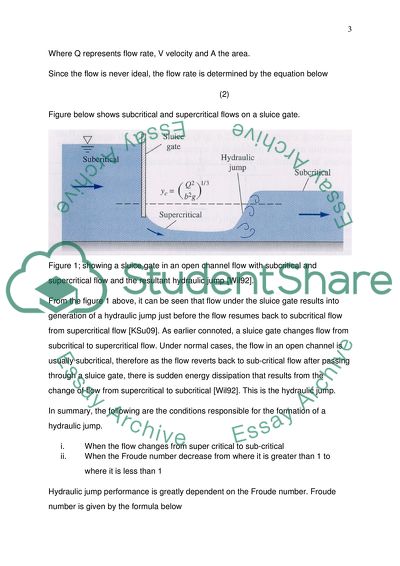Laboratory report on sluice gate and hydraulic jump Coursework. Retrieved from https://studentshare.org/engineering-and-construction/1653511-laboratory-report-on-sluice-gate-and-hydraulic-jump
Laboratory Report on Sluice Gate and Hydraulic Jump Coursework. https://studentshare.org/engineering-and-construction/1653511-laboratory-report-on-sluice-gate-and-hydraulic-jump.


